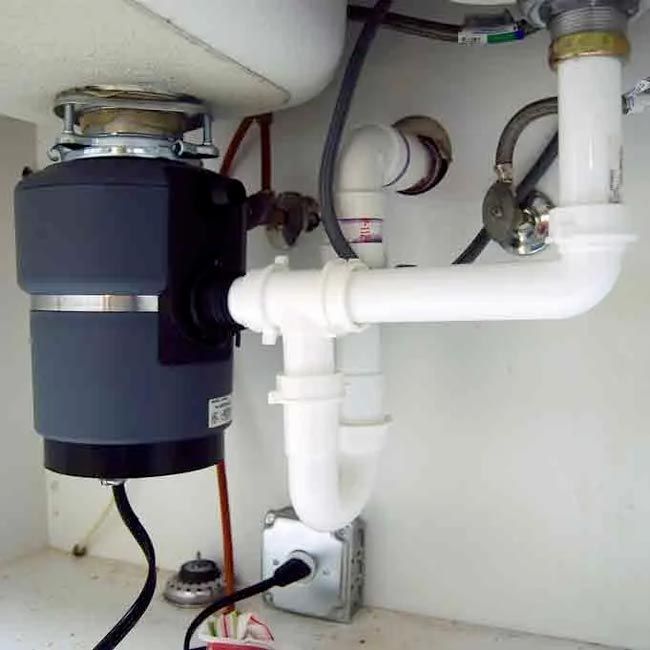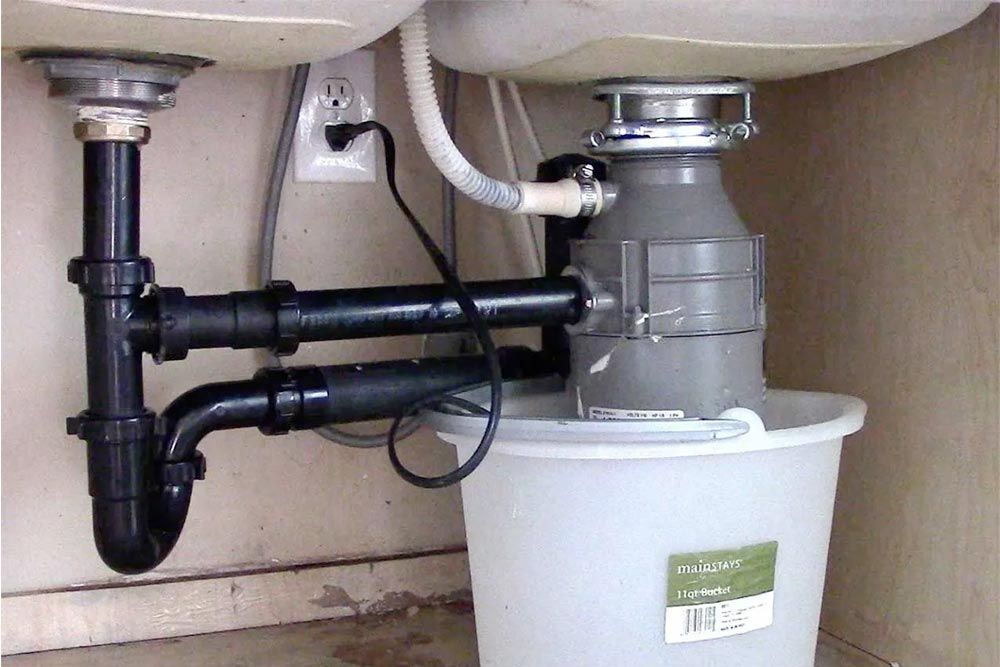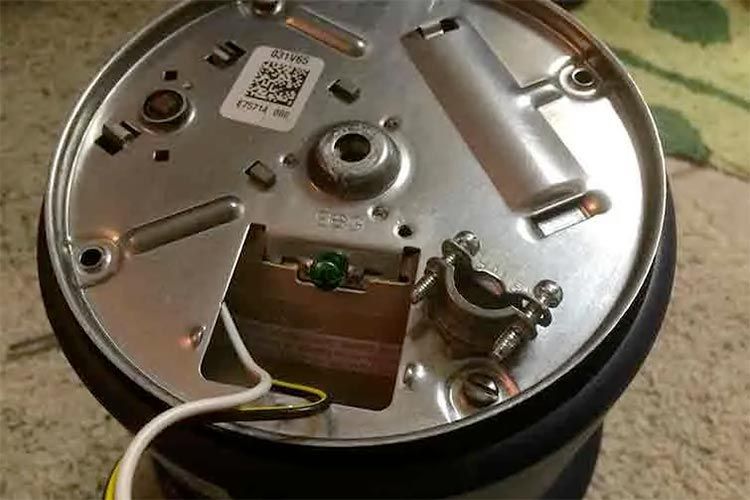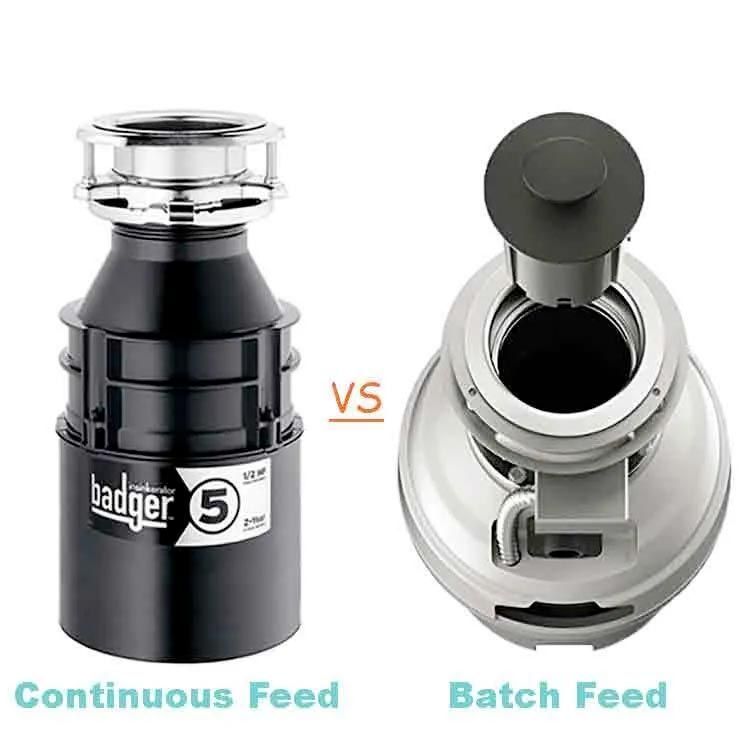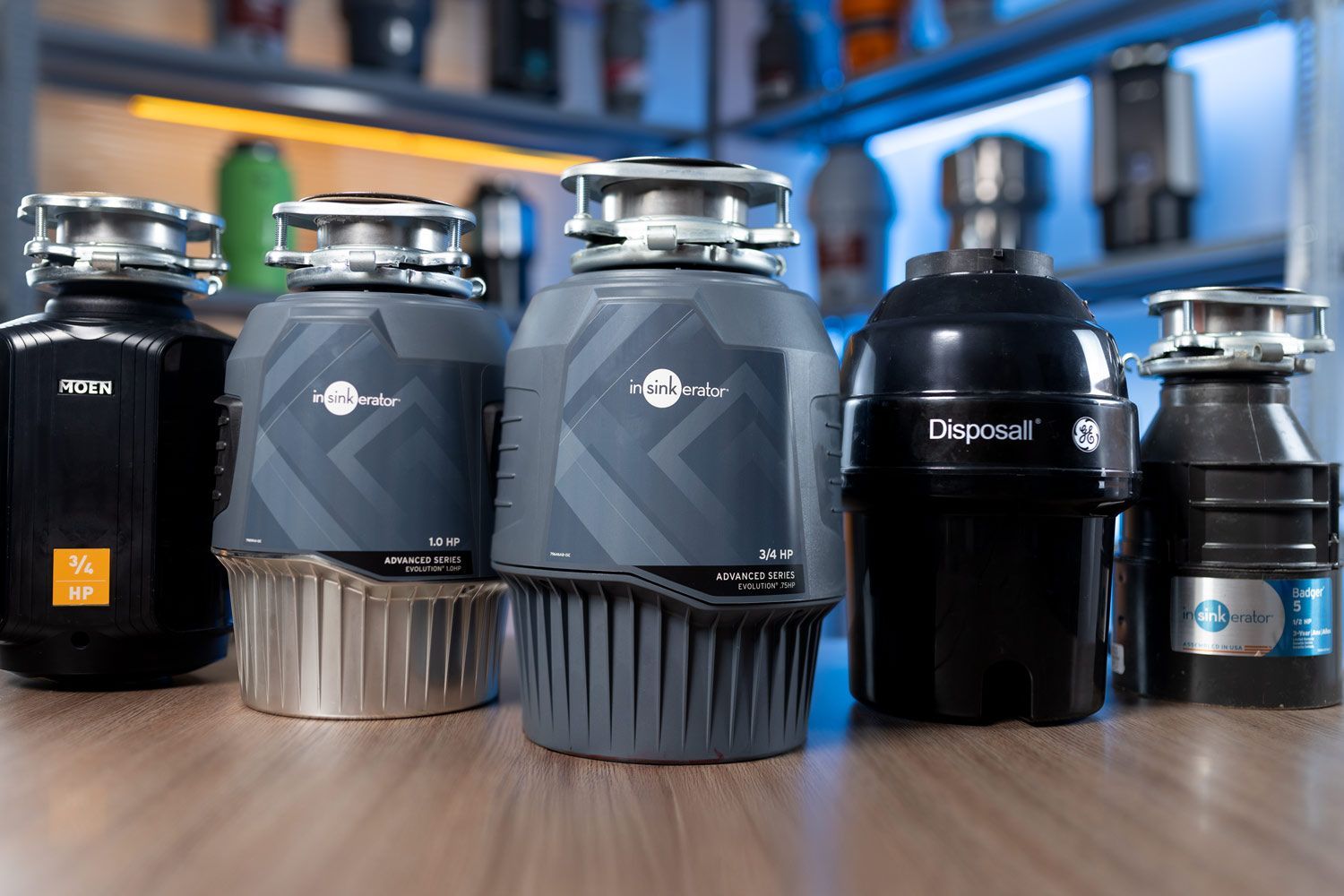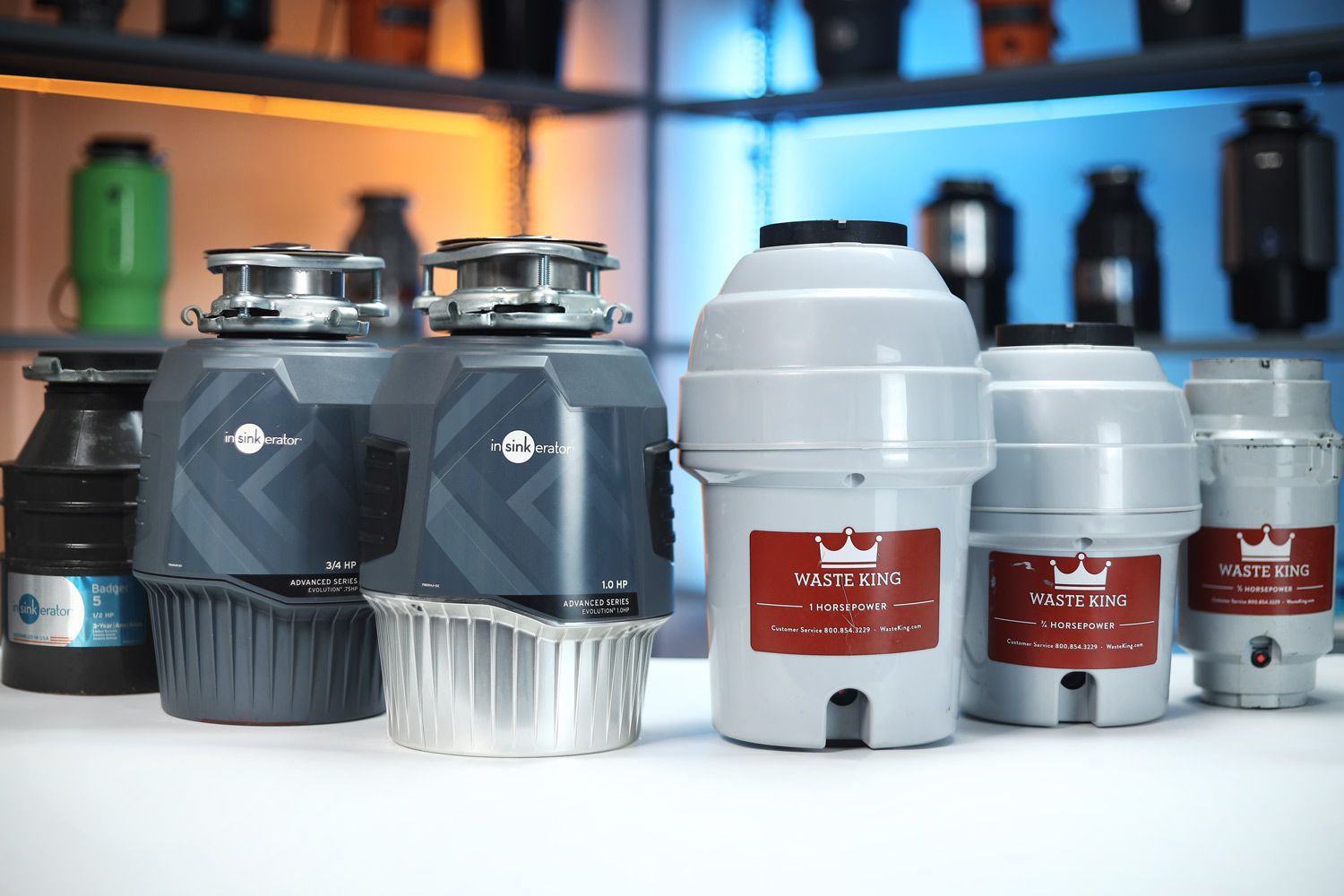Our recommendations are made independently. We may receive commissions from purchases made via our links.
Things One Should Know About Garbage Disposals
Before buying a garbage disposal, learning about its mechanics, about the perks it brings and about all the know-hows would benefit you a great deal.
Know your enemy, and every battle shall be won.
Perhaps Sun Tzu was not so famous for his talent in the kitchen, and as such this might sound a bit strong, but the point stands. Knowledge and comprehension are crucial, whatever the matter. It’s no exception in the kitchen, either. Knowing the tools, the appliances and the room itself is definitely something worth spending time on.
There are many things one should know about the familiar, yet sometimes confusing, cooking space of their home. Frankly, we can’t cover every aspect in just one article. However, what we can do is target one of the most pivotal machines in a modern kitchen: the garbage disposal.

Reading along, we will learn a bit about its history, how the machine came to exist. Then we’ll cut it open to have a deeper and better look, so that we may grasp the basics of how it works and prepare ourselves for when the machine needs aid from its owners.
Next, we will discuss the criteria on which we should choose a garbage disposal and how to clean the machine to keep it functional for as long as possible. And lastly, I’ll elaborate how to install and replace a unit when the time comes.
Without further ado, let’s dive right in!
History of Garbage Disposals
To talk about how the garbage disposal machine (also called the garbage disposer, the food waste disposal unit and the food waste disposer) came to exist, we’ll have to go back to 1927 in Racine, Wisconsin, when John W. Hammes, a prestigious architect, came up with an idea to help his wife with her cleaning routine in the cooking space.
It was not until realizing how bothersome disposing of messy food waste after a meal can be that Hammes began his tinkering. By the time the sun had set outside of his basement, with sheet metals, a makeshift grind mechanism and a small motor, the first practical version of the idea that changed the face of today’s home kitchen today was born.
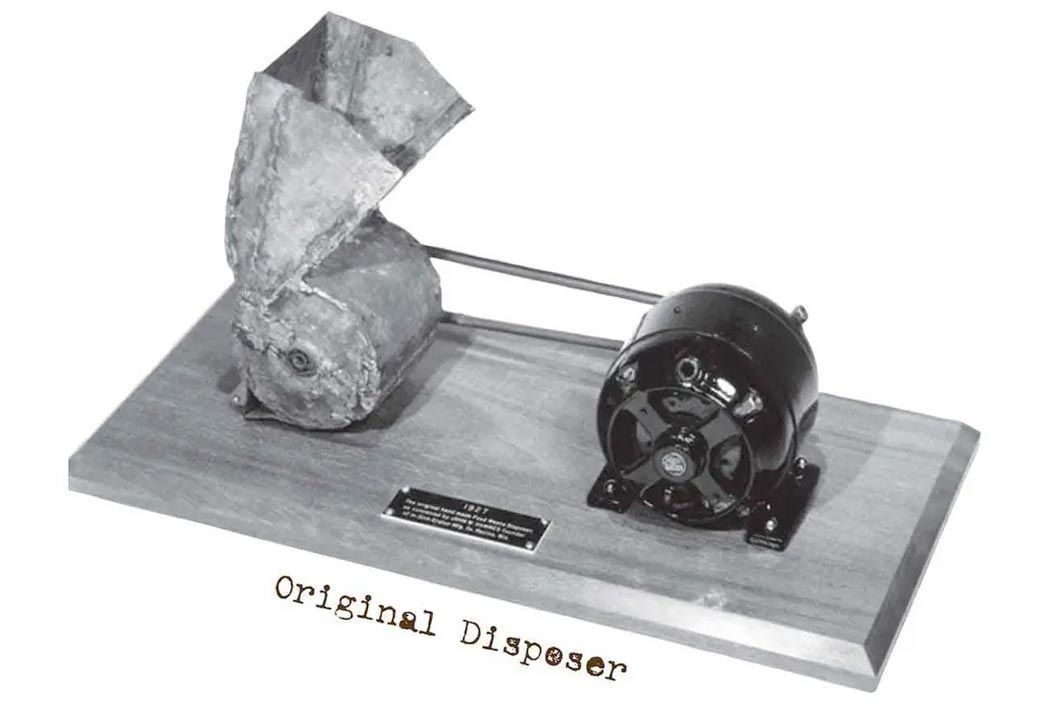
Afterwards, he was on his way to introduce, to the entire world, a whole new way to manage kitchen garbage. Hammes’ simple and practical idea quickly made it to the public in 1938, after he had built himself a company and a brand around his machine that is still standing strong today: Insinkerator.
Why One Should Own a Garbage Disposer?
It’s quite clear why we should spend a bit on garbage disposals, especially for those who don’t produce much food waste daily. If there is too small an amount, we would not take it out immediately, would we? It’s simply not worth a trip.
That’s how bacteria spawn and pose health risks to the regular home kitchen. Not to mention that, in some cases, exposed and static organic waste can attract insects. By having a disposer, you can maintain a healthy kitchen without too much work.
Additionally, not only do these machines can be of great help in the kitchen, they are also extremely friendly for the environment. In this, we see a rare instance where mechanisation is actually of a direct benefit to our planet!
One of the biggest environmental concerns is food waste. According to the United States Environmental Protection Agency (EPA), in 2015, total food waste in the United States reached 37.6 million tons and 94% of them ended up in landfill or combustion facilities. The Food and Agriculture Organization of the United Nations (FAO) addresses the issue even in a higher level of concern, stating that in 2007, the carbon footprint of discarded food has been estimated at 3.3 Gtons of CO2eq.
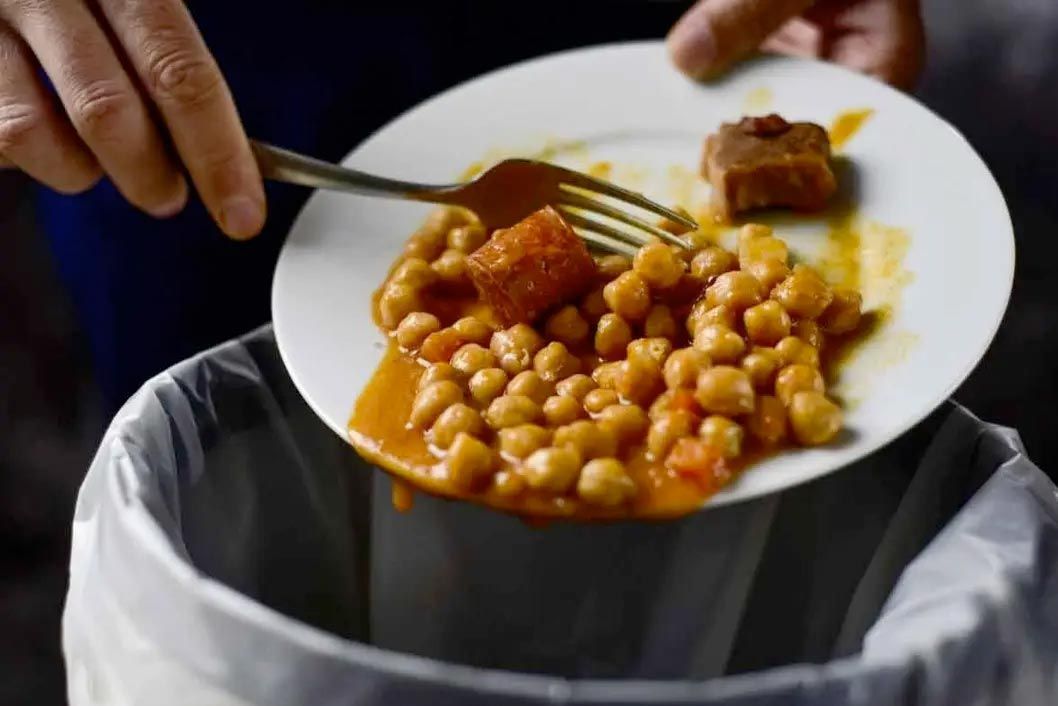
To tackle this particular issue, there are two methods for food waste home management which are most highly recommended:
- Composting: recycling by using the waste as fuel to fertilize or improve the quality of soil. This is considered the most environmentally friendly solution, but it takes active effort and certain conditions to practice (having a garden, for example).
- Garbage disposers: grinding and disposing food waste via the municipal sewage system. This is the simpler and quicker way to deal with food waste. That’s why Herefordshire Council and Worcestershire County Council suggest this as the second best approach to waste management since not everyone has the means or desire to compost their waste.
For about less than $200, one can own a decent unit with high torque and a strong motor that can deal with almost all types of food waste. A unit can stay effectively operational for up to 10 years with only moderate maintenance.
Here’s a little number that I thought you might like. In 2009, statistics showed that about 50% of US households were in possession of a unit. That’s 58.6 million homes.
How a Food Waste Disposal Unit Work
Many think it works like a blender or a mixer, with a blade or a set of blades that do the shredding. This cannot be further from the truth! To crush TOUGH food waste, we need more than just sharp edges. We need a different system, and an exclusive mechanism.
Take a look at the anatomy of a garbage disposal, shown below:
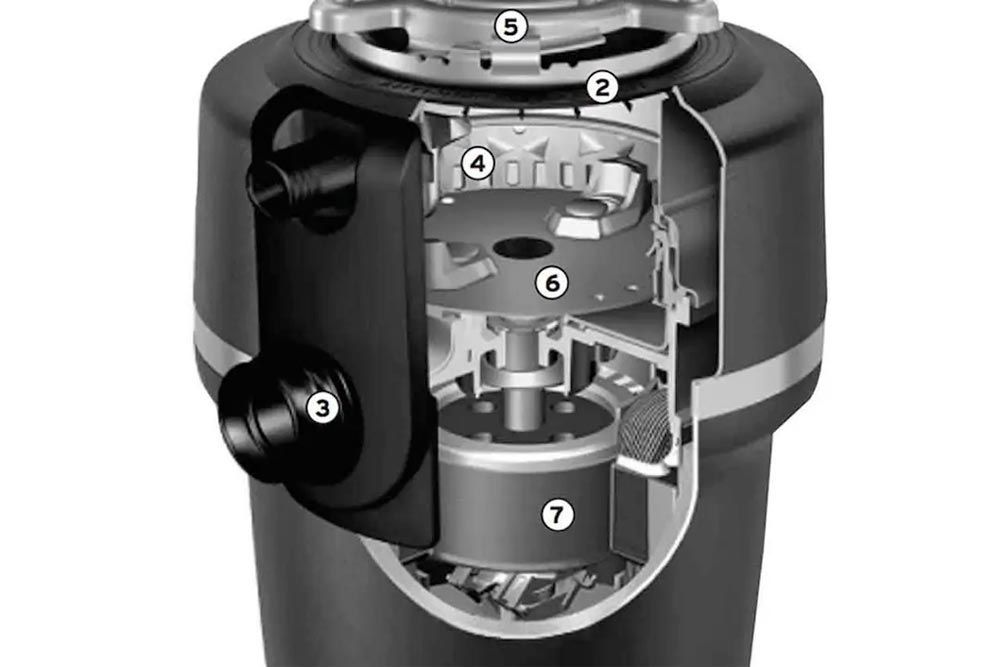
As I mentioned earlier, there are no blades. Instead, the grind chamber consists of 3 main components: a turntable connected to the rotor, 2 swivel impellers and a grind ring or what I like to call “the Wall of Destruction”.
Now, here’s how the chamber operates. When the food waste touches the spinning turntable, it will get flung into the lacerating ring and torn into small pieces, thanks to centrifugal force. The two impellers are in place to shove these broken bits against the ring again and again until they are all “liquified” and flushed away along the running water.
On the market, garbage disposers made for home kitchens mainly come in 4 variants: ½, ⅓, ¾ and 1 HP (horse power). The stronger the motor, the more efficient it is at grinding a variety of garbage.
How to Choose a Garbage Disposal
Over the years, garbage disposals have proven themselves in helping with food waste management in a multitude of households. If your kitchen doesn’t have a unit yet, you should consider getting one, especially NOW, when the industry has passed its recent peak.
The line has been steady for some time and the best designs and features have shown themselves; it is unlikely that if you buy a unit today a newer model with fresh innovations will emerge next week.
These days, it’s not that difficult to choose the best food waste disposer unit from an overview. However, each home is often one of a kind. They are unique, distinctive and their needs vary a great deal. So the true aim is to pick the best one for YOURSELF.
First and foremost, you need information about the machines and their variants, then put them and your needs next to each other. Only then can you filter out all the irrelevance and find the most suitable model.
Your requirements are yours and yours alone. With that, we cannot help. With the supply, on the other hand, we can. In our review of the best garbage disposals, we talked at length which aspects should be looked at when one feels like buy a unit for their kitchen. We strongly advise reading through the article before reaching any decisions on what to buy.
How to install a food disposal unit
After buying a garbage disposal, the next thing is of course to install it. Regarding plumbing matters, including installation of certain kitchen and bathroom fixtures or appliances, professional help is the safest bet, no doubt - unless it is not your preferred choice.
“Why would someone not go for plumbers?” Because, like I’ve touched on earlier, they may be in a financial state that doesn’t allow the option of calling for the sometimes-overpriced services. Or perhaps they simply can or enjoy tending to these works by themselves.
Reasons may vary, but learning how to install garbage disposals is necessary to certain groups of people. Not only does it help save us some cash and provide better understanding for future maintenance, but doing labors such as this is also a pretty good form of exercise, both mentally and physically.
To do so, one can refer to the manuals and guides in the box. Or if you need further assistance, taking a glance at our article on this matter won’t be a waste of time. It may have useful tips and tricks for you.
How to Clean a Garbage Disposer
As with any other food appliances, after a while, garbage disposal units can get a little dirty - and by “a little dirty” I mean excruciatingly filthy. You may think that I’m exaggerating, but that’s the case more often than we’d like it to be. Most first time users don’t have any idea how to clean their units, nor do they even bother themselves thinking about how they would do this. But that’s a topic for another day.
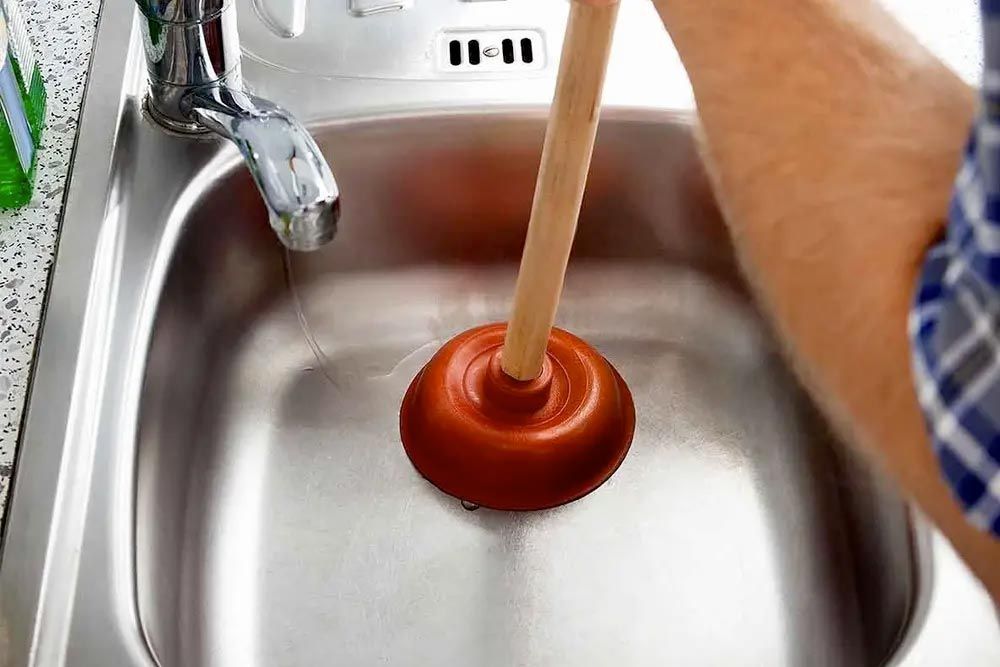
So, what do we do when encountering such an issue? For starters, we could try to clean off the bad smells with some citrus peels (lemon, lime, etc.) Home remedies formulated from baking soda and vinegar are also highly effective in clearing buildup (take a look at our guide on cleaning these machines for more details.)
Then, if the debris is too difficult for the aforementioned remedies, we could turn to commercial solutions as a last resort. However, don’t overuse since they can be corrosive to the machine and could considerably reduce your unit’s lifespan.
All that being said, the BEST way to clean garbage disposals is always to make sure that they’re free of debris through regular maintenance. If you wait for the unit to smell, which is a sign of residue building up, there may be some hidden issues later down the line.
Tips on How to Use and Maintain Food Disposals
To those who have already owned or are about to own a disposer unit, there are things you should and should not do with these machines. You can refer to the manuals and guide sheets for better wordings, and different brands may have different suggestions, but here are the general DOs and DON’Ts in a nutshell.
DO:
- Always run cold water when using the machine. Let it run for several seconds after a session ends.
- Grind small bones, fruit pits (for strong units) or ice (for small units) to scour the grind chamber.
- Grind citrus fruit peels, home remedies or commercial solutions (if necessary) to deodorize and clean the chamber.
DON’T:
- NEVER POUR GREASE OR FAT DOWN THE SINK. Put it in jars and dispose in the trash.
- Don’t run the machine with hot water. Hot water is only appropriate when it is utilized for cleaning.
- Don’t grind large amounts of vegetable peels, egg shells or fibrous material (corn husks, artichokes, etc.) all at once.
- Only turn the machine off after all is heard is the motor and water.
Let me explain some of the points above.
First, cold water and ice can help solidify grease or fat found on & inside food remains. Second, bones and fruit pits in general are too hard for small units (½ or ⅓ HP). Third, hot water can overcook food remains, making them tougher and more difficult to shred. Finally, too large an amount of fibrous materials can cause frequent lodgings.
How to Repair a Garbage Disposal
Even if you’re using your unit accordingly to the instructions, being as careful as possible, there’s still a chance, albeit small, of the unit malfunctioning. Sooner or later, something WILL go wrong with the machine. That’s just the nature of any machinery of this kind.
It is widely known that garbage disposals are among the most likely of all kitchen appliances to act up. This is understandable considering the manner of waste a unit has to deal with daily, from soft texture to tough, from crunchy to chewy.
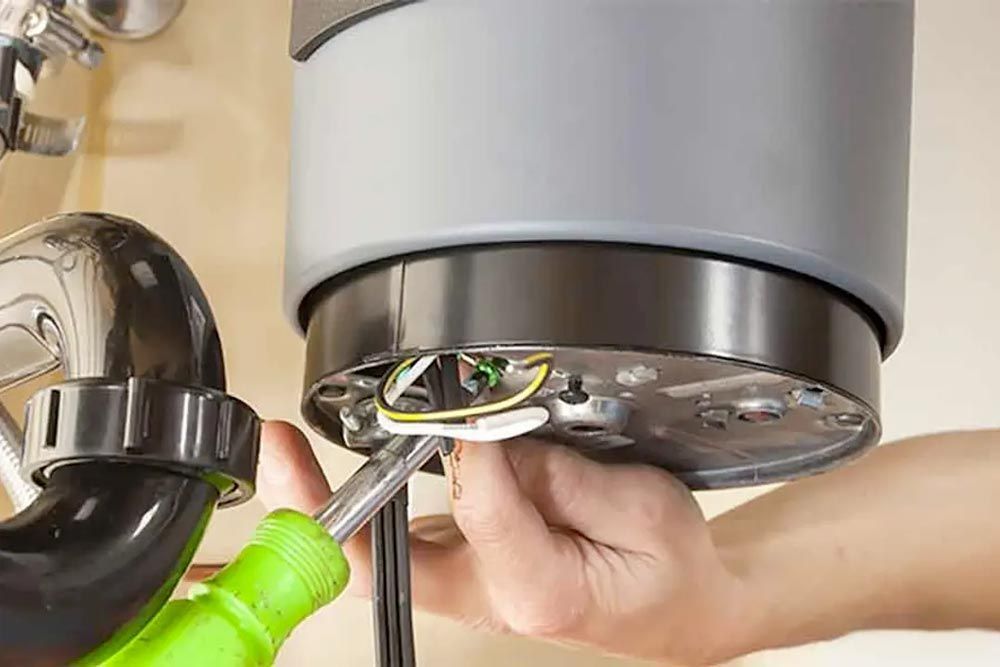
All of the above is NOT to say that errors will be a regular occurrence. The frequency of errors depends entirely on the way you treat your machine. However, learning how to repair it when it does run into issues is absolutely necessary. You’ll save a lot - and I mean A LOT of money by learning, at the least, to take care of the minor problems yourself.
After all, a decent unit can last up to 10 years. Calling for professional help won’t always be an option. You may as well get some practice and save yourself a hefty expenditure along the way.
How to Remove/Replace a Garbage Disposal
Whether you want to replace your garbage disposal with a new one or you simply want to remove it, this is where you’ll learn how. With a few key steps, I will show you how to remove a waste disposal unit. After that, you can either install a new unit or re-setup your sink drainage.
First, we uninstall the unit:
- Disconnect the power source
- Disconnect the pipes and dishwasher hose (if there is a dishwasher)
With 3-bolt mount
- Loosen the lower mounting ring, hit the hook counterclockwise (tip: with a screwdriver inserted into the hook and a hammer).
- Remove the unit with a wrenchette, turn counterclockwise (use 1 hand to support the unit or put something right underneath).
Notice: if you’re replacing yours with a unit that has the same mount system, you could keep the old mount assembly. This goes the same for the EZ mount system.
- Loosen the 3 bolts, use a screwdriver to lever the snap ring out. Turn the backup flange to remove and push off/up the sink flange.
With EZ mount
- Loosen the mounting ring, hit counterclockwise (with a hammer).
- Remove the unit. Put something under the unit to support the weight. With hands, turn the machine counterclockwise and pull.
- Push the mount ring up a bit to reveal the cushion mount. Remove the cushion mount. Turn the support ring counterclockwise to remove and push off/up the sink flange.
Now with the old waste disposer out, you can get started with the installation of the new unit or setting up the drains.
